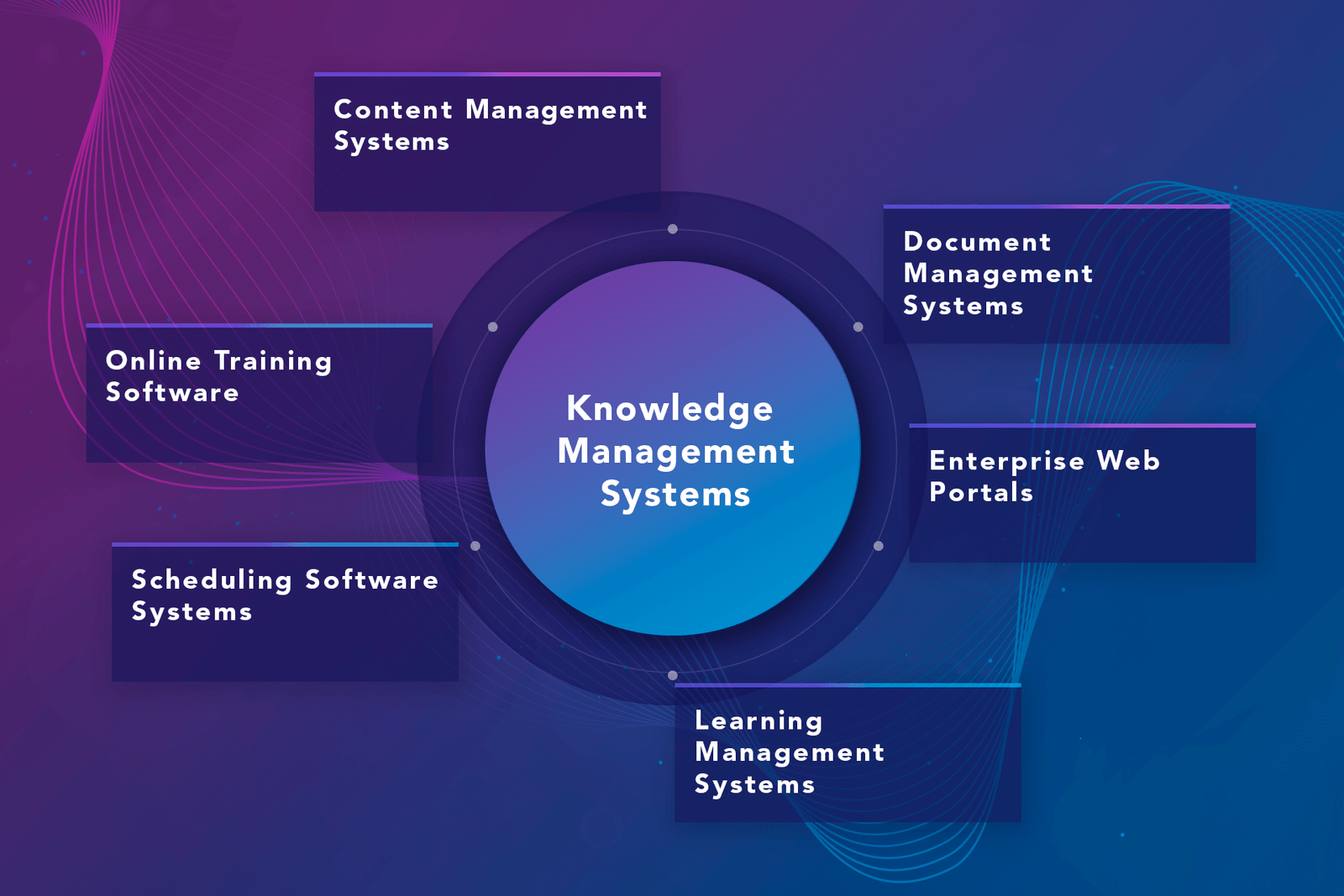Rising operational costs, limited accessibility, and outdated models are pushing institutions to rethink how they deliver knowledge. Enter eLearning—a transformative approach that doesn’t just save money but also reimagines how education can be personalized, engaging, and far-reaching. This isn’t about swapping chalkboards for screens. It’s about fundamentally reshaping how education is accessed and experienced while addressing the economic realities schools, universities, and even corporations face today. Let’s explore why eLearning is not only a cost-efficient solution but also a richer, more dynamic way to empower learners.
Online education, then, can serve two goals. For students lucky enough to have access to great teachers, blended learning can mean even better outcomes at the same or lower cost. And for the millions here and abroad who lack access to good, in-person education, online learning can open doors that would otherwise remain closed.
Daphne Koller, Co-founder of Coursera.

Breaking Free from the Financial Burden of Traditional Models
Picture a sprawling college campus. Beyond its iconic architecture, what you might not immediately see is the enormous cost of maintaining it. Building repairs, utility bills, and security costs add up quickly. Then there’s the expense of textbooks—hundreds of pages of information that go obsolete far too soon—followed by faculty salaries, student housing, and even transportation subsidies. These are just a few of the financial weights institutions bear, and they grow heavier each year.
eLearning changes the equation entirely. Virtual classrooms eliminate the need for costly physical spaces. Instead of dedicating resources to maintaining lecture halls, institutions can funnel those funds into developing better digital platforms or hiring top educators from around the globe. For students, the savings are equally profound. The absence of commute costs and expensive textbooks—replaced by instantly updated digital resources—lightens their financial burden significantly.
Think about it: with eLearning, an institution in rural Africa can connect students to top-tier educators without needing to construct a single building. A university in Europe can expand its reach to students in Asia, all through a digital infrastructure that costs a fraction of physical expansion. eLearning doesn’t just cut costs—it opens up education in ways that were once unimaginable.

A New Paradigm for Better Learning Experiences
But eLearning isn’t just cheaper. It’s smarter. In the traditional system, students sit through lectures delivered at a one-size-fits-all pace, often losing focus or falling behind. eLearning platforms, on the other hand, adapt. Algorithms can tailor lessons to a learner’s pace, focusing more on concepts they find challenging while breezing through topics they’ve already mastered.
This customization taps into what educational psychologists have long known: people learn best when the experience aligns with their unique needs. For a child struggling with fractions or an adult seeking to master a new software, eLearning becomes a personal tutor that adjusts and evolves in real time. And it’s not just the content—it’s how it’s delivered. Multimedia elements like interactive videos, simulations, and gamified lessons turn passive learning into active engagement.
Consider the African Virtual University, which is pioneering digital education across the continent. By delivering high-quality, affordable courses to underserved regions, it’s bridging gaps in science, technology, and teacher training, helping thousands of students who otherwise wouldn’t have access to formal education. This isn’t just better economics; it’s better education.interconnected world.
The Human Element in a Digital World
One critique of eLearning is that it might feel impersonal, removing the human connection between teachers and students. But that’s a misconception. Far from sidelining educators, eLearning amplifies their role. Technology takes over repetitive tasks like grading or attendance, giving teachers more time to focus on mentorship and creative teaching strategies. Virtual classrooms can foster collaboration and dialogue just as effectively as physical ones—sometimes even more so when students from diverse backgrounds engage in discussions that wouldn’t be possible in a single-location setup.
Moreover, eLearning removes geographical barriers, allowing students to learn from educators and experts they’d never meet otherwise. A history professor in London can deliver a guest lecture to a classroom in Buenos Aires, enriching perspectives on both sides. These connections show that technology doesn’t replace humanity in education; it enhances it.
A Balancing Act: Challenges and Opportunities
Of course, no system is perfect, and eLearning is not without its hurdles. The initial costs of building robust digital infrastructure can be high. Training educators to navigate these platforms takes time, and not all students have access to reliable internet or devices. The digital divide remains a real concern, particularly in rural or economically disadvantaged areas.
But these challenges are not insurmountable. Governments, NGOs, and private companies are stepping in to bridge these gaps. Initiatives to provide low-cost tablets, expand broadband access, and create offline-compatible content are already making eLearning more inclusive. Institutions need to approach these issues with a long-term vision, seeing technology not as a temporary fix but as a foundation for a more equitable future.
Reimagining the Future of Education!
The economics of eLearning go beyond just saving money. They represent an opportunity to rethink education entirely, making it more accessible, engaging, and tailored to individual learners. By reducing the heavy financial burdens of traditional systems and focusing on delivering high-quality, scalable solutions, eLearning can empower students and institutions alike.
In this transformation, the role of educators remains pivotal, blending the best of technology with the irreplaceable human touch. Together, they’re shaping a future where education is not limited by walls, borders, or budgets—a future where every learner, regardless of their circumstances, has the opportunity to thrive.
As we move forward, the question isn’t whether we can afford to adopt eLearning. It’s whether we can afford not to.





